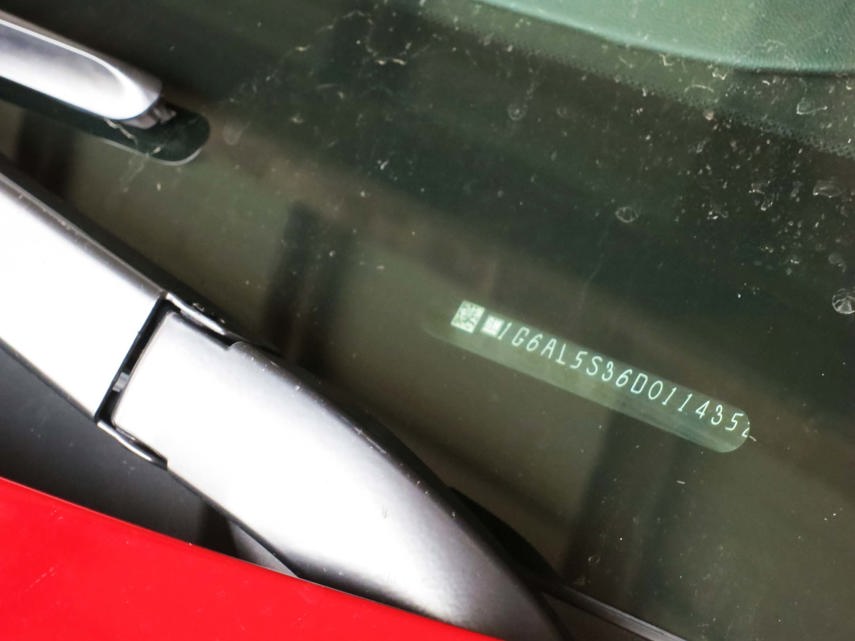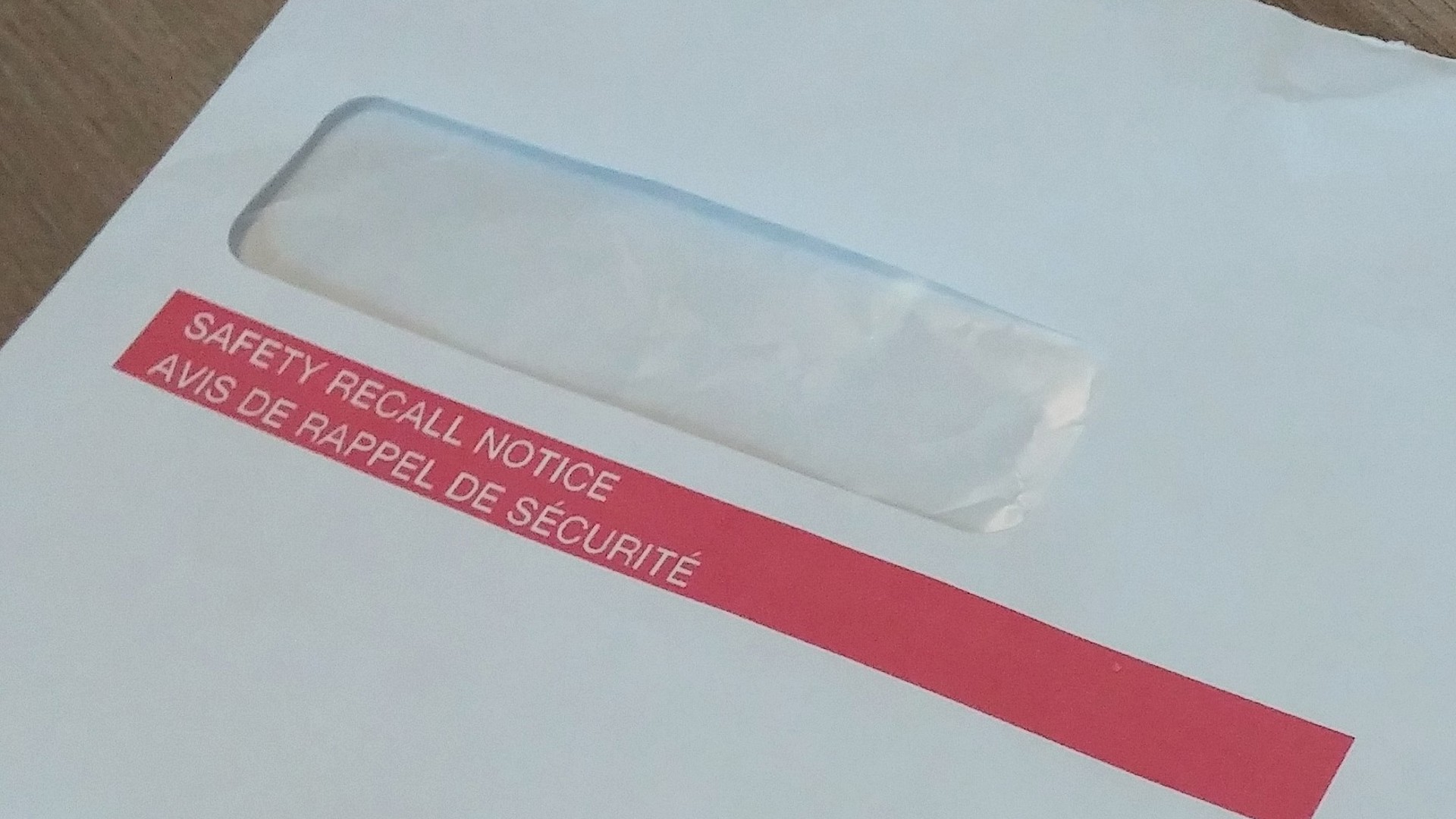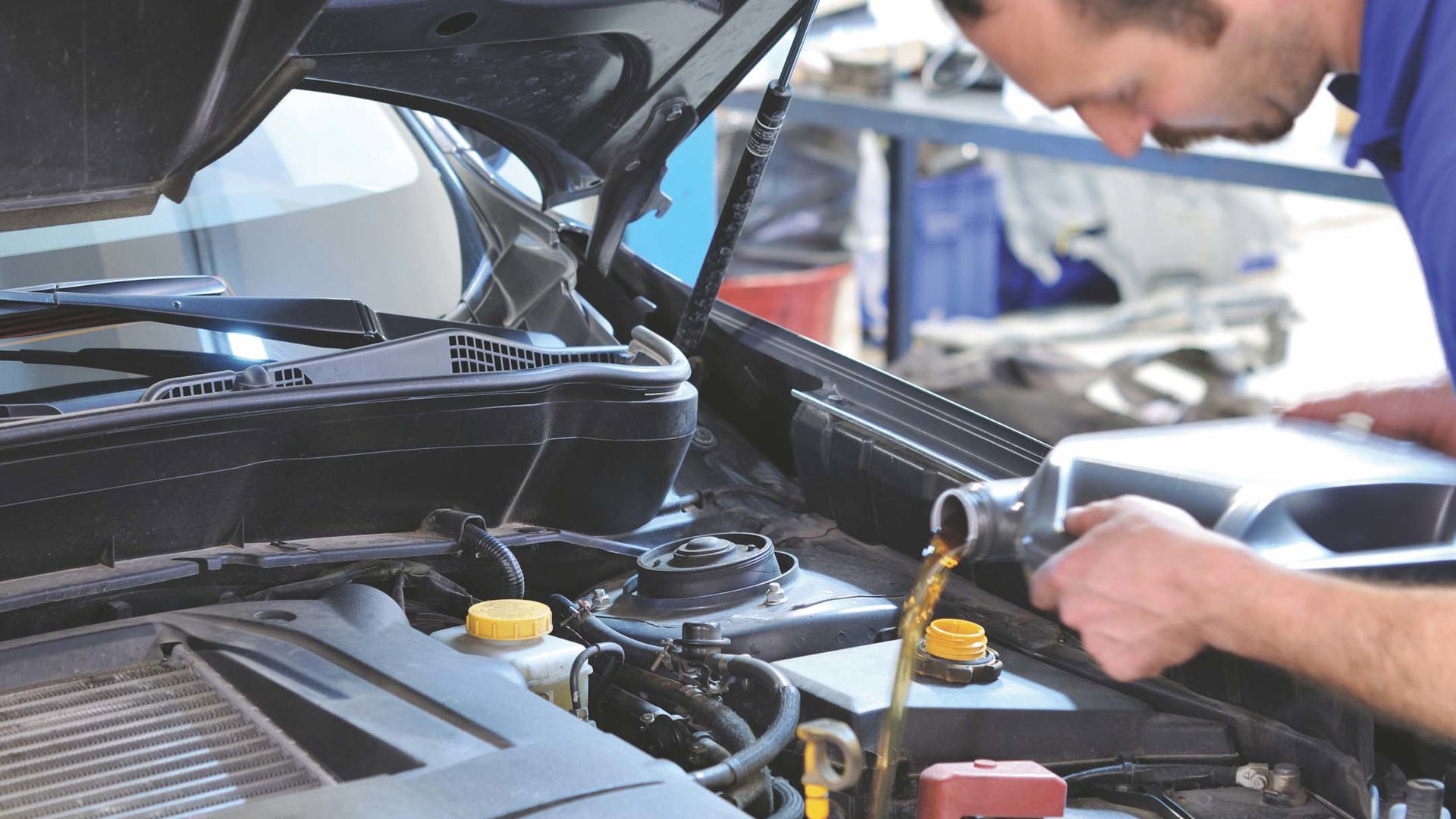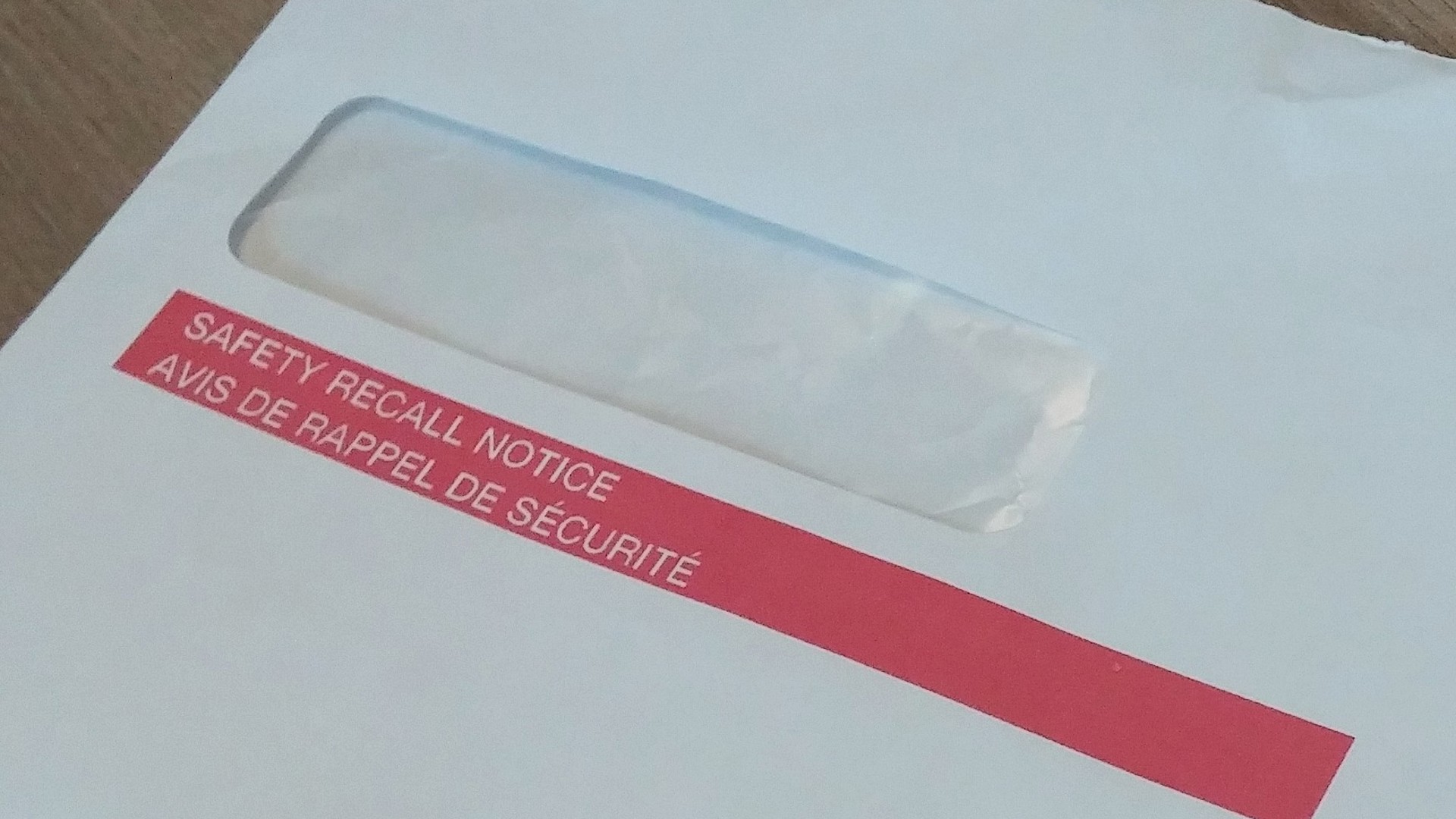Whether it’s for warranty or maintenance, it’s likely that at some time, you’ll need to visit your dealership. It’s never fun to take your vehicle in, but we have suggestions that can help the process run smoothly – both before you arrive, and when you’re there.
Make an appointment
Show up without one, and if the shop’s busy, you might not get in. (The exception is if it’s an oil change, and the dealer has a no-appointment-needed fast-lube lane, of course.)
When you’re scheduling, mention everything you want done. The service department sets aside specific blocks of time. If you’ve said it’s only minor maintenance, but pull out a list of other items to fix when you get there, you may have to make another appointment.
Have your VIN ready

The VIN, or vehicle information number, is a 17-digit collection of numbers and letters that’s on your ownership, as well as visible through the windshield on the driver’s side of the dash. It’s your vehicle’s fingerprint, and ties into the automaker’s database for any recalls on it, as well as your warranty repair history.
You don’t have to go to the dealer, except…
If you buy a new vehicle, you’re not required to go back to the dealer for your maintenance. However, if you get your oil changes done elsewhere, keep all your receipts, with the date and mileage on each. If you need an engine repair under warranty, the automaker may refuse if you can’t prove the oil was changed when required.
Warranty repairs must be done by a dealer if you’re going to get them at no charge. If your local shop performs a fix, and you later find out it would have been covered, your dealer might go to bat for you for a refund – but even then, you probably won’t get the full amount that you paid for it elsewhere.
You also don’t have to go back to the same dealer that sold you the vehicle, but it’s like any other business: they appreciate loyalty. The store that got the sale, and has serviced your vehicle ever since, will naturally be more likely to help you with any issues you may have.
What do you tell the service advisor?

As much as possible, no matter how trivial it sounds. Describe what the vehicle’s doing and when it happens – when first started, after it’s warmed up, at certain speeds, on turns, etc. Try to make whatever noise it’s making. You’ll look silly, but it can help (and you won’t be the first they’ve seen).
Sad to say, but the folks on the service counter aren’t always overly familiar with the inner workings of an automobile. If you’re not sure you’re getting your point across, ask to speak with the shop foreman.
Remember your wheel lock wrench
Your brakes aren’t going to get serviced, or your tires aren’t going to be replaced, if the technician can’t get the wheels off. If you have wheel locks, make sure you bring along the removal wrench and tell the service department where it is.
Empty your “pockets”
You’d be surprised how many vehicles come into the shop for a rattle – and the technician fixes it by removing loose items from the door pockets or glovebox. Eliminate all possibilities before you go in for service.
What’s covered under warranty?

Warranty covers defects in manufacturing or assembly over a specified period. If your DVD player stops playing because something inside it broke, that’s warranty; if your child stuck a coin in the slot, you’re on your own.
So what if it’s just outside of warranty? Your service manager might be able to work with the automaker on a big job that’s slightly beyond the coverage period, whether for full coverage or a portion of the bill.
What about tires?
Tires are covered by their manufacturer, not the automaker. You’ll have to go through an authorized dealer for that tire brand.
The dreaded “NFF”
It stands for “No Fault Found,” and it’s as frustrating for the service department as it is for you. Whatever the vehicle was doing isn’t happening now, and the technician generally can’t diagnose it without a symptom. Make sure you get a copy of the repair order with the date and mileage, a detailed description of the problem, and “NFF” on it along with anything the technician might have done to try to replicate the issue. You want a written record, especially if the same thing happens again after your warranty expires.
What’s a “cold start”?

If your vehicle only acts up when it’s been sitting for a while, the dealer might suggest doing a “cold start” to try to replicate the issue. You leave the vehicle at the shop overnight, giving the technician a chance to diagnose it during that initial start-up.
Dealing with recalls
Recalls are a legal requirement when an automaker discovers something that could create a safety risk or doesn’t meet the minimum regulated safety standard. That could be anything from an exploding airbag, to a warning label that isn’t in both French and English. Recalls are mailed to you – from the automaker, not the dealership – so be sure you update your address when you move, or register with the company when buying a used vehicle. You can also have the dealership or the automaker’s customer service check the VIN for outstanding recalls.
When an issue is discovered, all vehicles that may be affected have to be recalled. It’s possible your vehicle might never have the issue, but don’t take chances – have it fixed. It may only affect one batch of parts, so you might get a recall while someone who owns the same model does not.
On very large recalls, such as the Takata airbags, it can take a long time just to manufacture and ship out all the replacements. If a recall can’t be done right away and you’re concerned about safety, ask if a loaner might be available.

What about TSBs? Aren’t they just “secret warranties”?
They’re not, although they might give you some ammunition for a warranty repair. TSB stands for Technical Service Bulletin, issued by the automaker to its dealers. They describe a symptom and identify what’s most likely causing it, which can potentially save a lot of expensive diagnostic time.
Who pays for the repair can get stickier. If it’s a wear item past its reasonable lifetime, you’ll be on the hook for it. Otherwise, since the automaker is aware of an issue, you can ask about full or partial coverage – you might not get it, but it never hurts to ask.
If the technician can’t replicate the problem, be sure the “No Fault Found” on your invoice includes the applicable TSB number. With any repair, be sure you get as much in writing as you possibly can.





